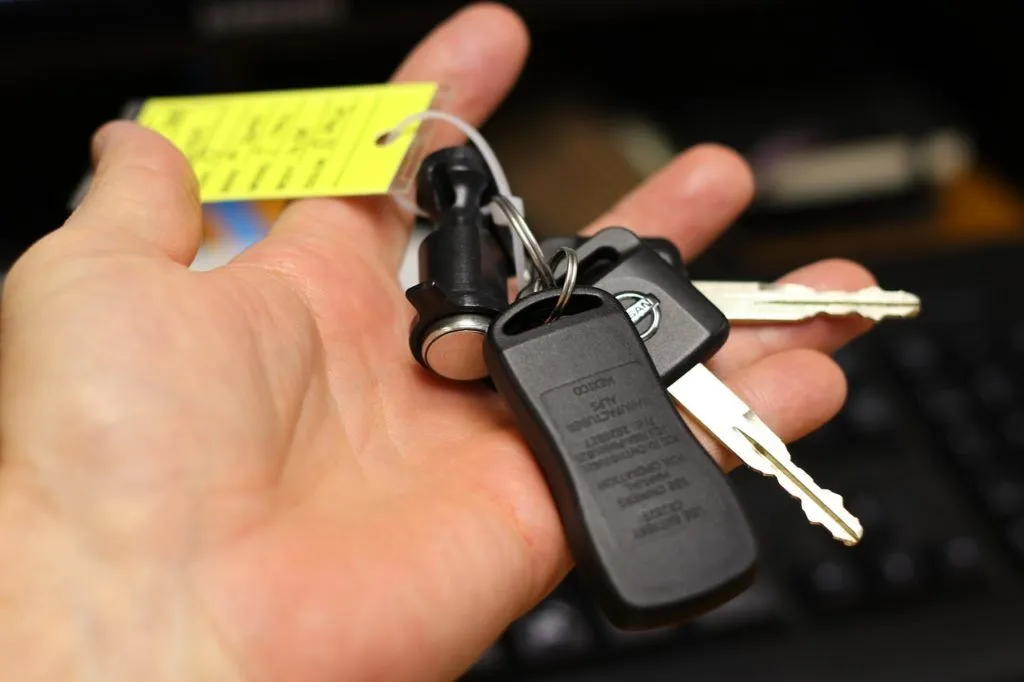Purchasing a used car can be a complex process, involving time, money, and risk. However, with the right approach, you can find a reliable vehicle at a fair price. Here’s everything you need to know to navigate the used car buying process effectively.
When seeking a dependable car, new vehicles offer fewer risks, but they often exceed the budgets of most Americans. Used cars, on the other hand, are more affordable to buy and insure. They also depreciate at a slower rate than new vehicles, which lose about 9% of their value immediately after purchase and an additional 33% within three years, according to Edmunds. Despite these advantages, used cars carry greater risks, including potentially costly repairs due to the lack of manufacturer warranties. For these reasons, it’s crucial to approach the process carefully, whether you’re buying from a dealership, a private seller, or an online marketplace.
Step 1: Determine Your Needs and Identify Suitable Models
The first step in buying a used car is understanding your requirements. Consider your lifestyle and make a list of essential features. For example, a compact sedan might suit a commuter, while a family might prefer a spacious SUV or minivan. If you’re an adventurer, a 4WD vehicle with ample clearance could be essential.
After defining your needs, use tools like Kelley Blue Book’s Car Finder or Autotempest to identify models that match your specifications. At this stage, you’re gathering options, not making purchasing decisions. Once you have a list of potential models, research their reliability through resources like Consumer Reports. Narrow your choices to three to five models by eliminating those known for frequent issues or high maintenance costs.

Step 2: Establish a Budget
With a shortlist of car models in mind, set a realistic budget. If you’re paying outright, financial experts suggest spending no more than 10%–15% of your annual income. Financing may be necessary if this budget doesn’t meet your needs. If so, get pre-approved for an auto loan to determine your borrowing capacity. While dealerships may also offer financing, comparing interest rates and terms can help you secure the best deal. Aim for a substantial down payment to minimize interest costs and keep monthly payments manageable.
Step 3: Research Model Years and Mileage Within Your Budget
Once your budget is set, investigate how much vehicles on your list cost based on their model years and mileage. Tools like J.D. Power’s price guides can help you assess the market value of cars by year and mileage. This step helps you understand what you can reasonably afford and sets expectations for what you’ll find during your search.
Step 4: Choose Between Dealers and Private Sellers
Decide whether you prefer buying from a dealership or a private seller. Dealerships typically charge higher prices but often include warranties and handle registration paperwork. Private sellers generally offer lower prices and more room for negotiation, but the buyer assumes greater risk and responsibility for the purchase process. Online platforms like Craigslist or Facebook Marketplace are popular for private sales, while dealerships often list their inventories online or offer in-person visits.
Step 5: Begin Shopping and Conduct Inspections
Once you’ve identified vehicles that match your criteria and budget, it’s time to visit them in person. Conduct a thorough visual inspection, checking for signs of damage or wear. Test all the vehicle’s features, such as lights, windows, and electronics. Take a test drive to evaluate its performance, paying attention to acceleration, braking, and handling at various speeds.
After these steps, obtain a vehicle history report using the car’s VIN. This report will provide details on ownership transfers, accidents, and major repairs. If the car still meets your expectations, schedule a pre-purchase inspection with a trusted mechanic. A detailed examination can identify hidden issues and help you negotiate the price.
Step 6: Finalize the Deal
When you’ve found the right vehicle, sit down with the seller to negotiate the price. Highlight any issues uncovered during inspections to justify a lower offer. Once an agreement is reached, ensure the paperwork is complete. If buying from a dealership, they’ll handle the registration and title transfer. For private sales, confirm that the title is clear of liens and ready for transfer, and ensure you have a signed bill of sale.
Aftercare for Your Used Car
After purchasing your car, prioritize regular maintenance to keep it in good condition. Check fluids, change the oil as needed, and schedule periodic inspections to address potential problems early. Consider theft-prevention measures, such as steering wheel locks and hidden tracking devices, to protect your investment. Membership in roadside assistance programs like AAA can also provide peace of mind with services like towing, fuel delivery, and lockout assistance.
By approaching the used car buying process methodically and taking steps to protect your purchase, you can enjoy a reliable vehicle that meets your needs without unnecessary stress or expense.

